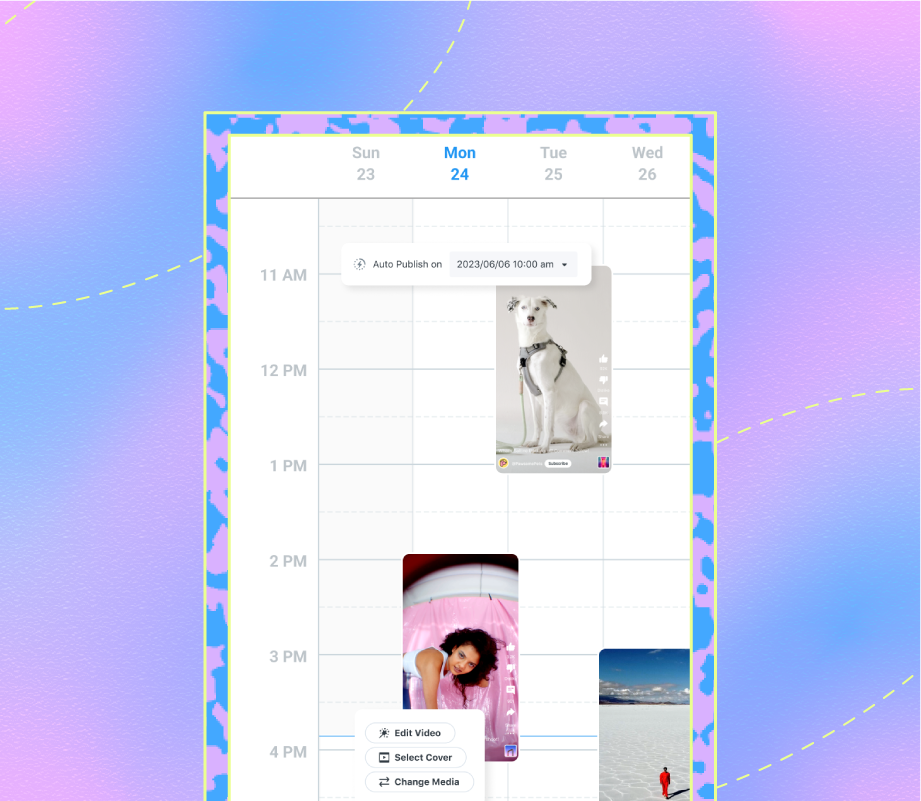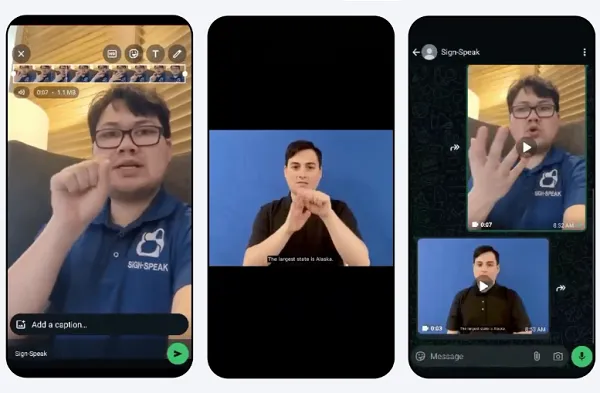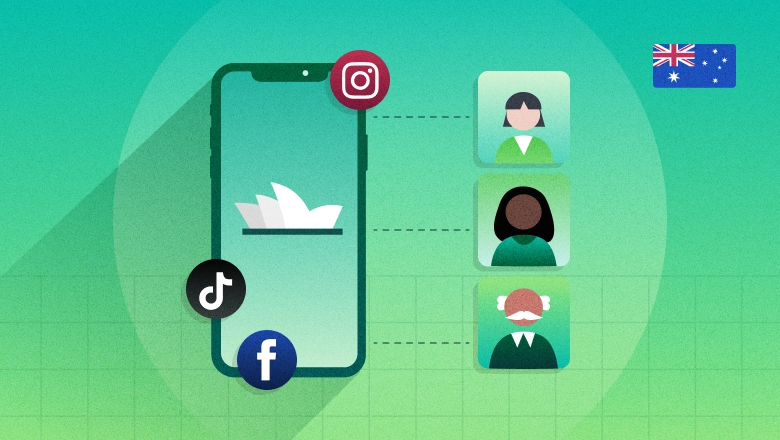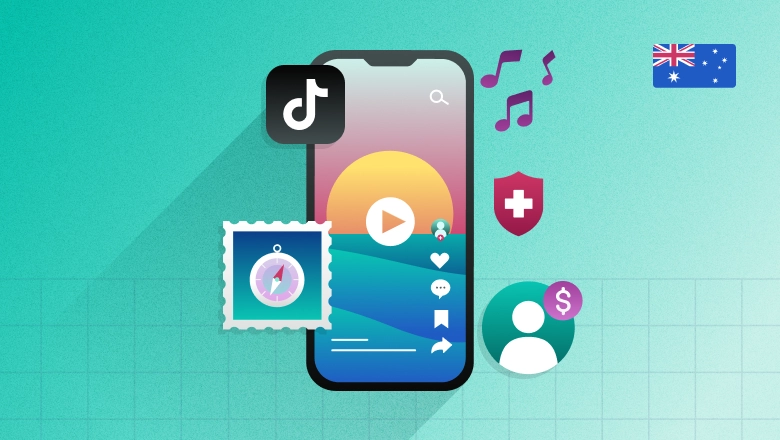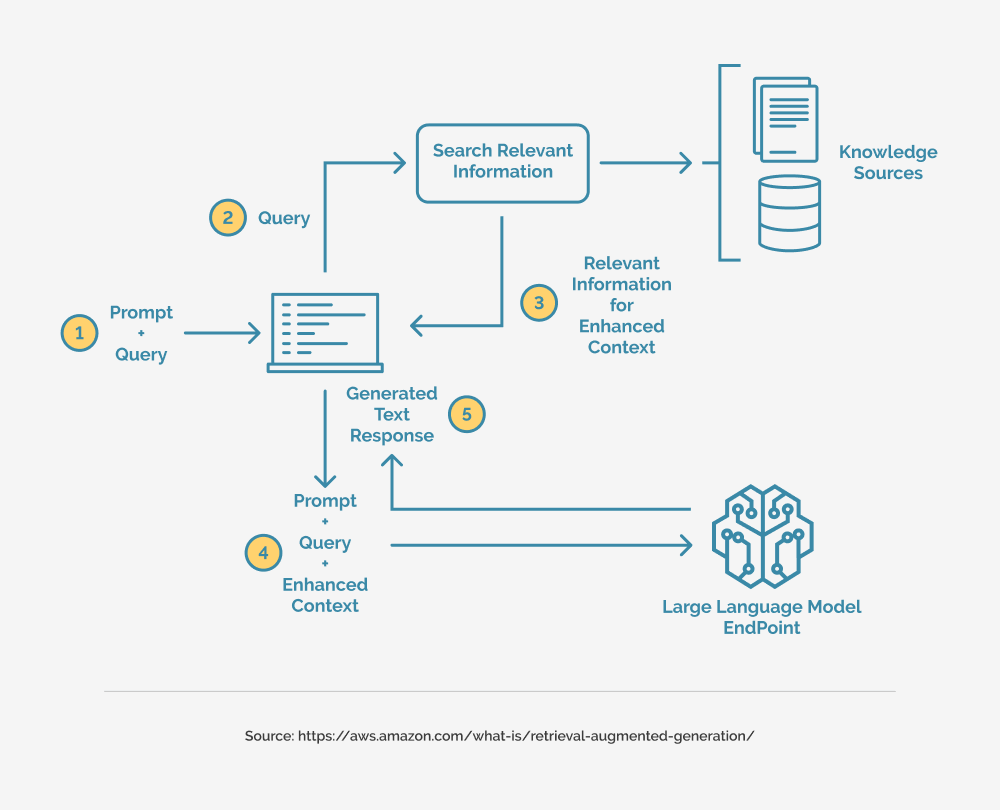Need a Hyper-Short Message? How You Write a 4-Sentence Feature
Want to write messages that grab attention? Join Ann Wylie for the 5 Ways to Catch Your Readers webinar on April 10! Learn to write compelling messages that draw readers in and move them to act. Register now — it’s free for PRSA members! The research is in, and the pyramid lost. The feature-style story structure […] The post Need a Hyper-Short Message? How You Write a 4-Sentence Feature first appeared on PRsay.

Want to write messages that grab attention? Join Ann Wylie for the 5 Ways to Catch Your Readers webinar on April 10! Learn to write compelling messages that draw readers in and move them to act. Register now — it’s free for PRSA members!
The research is in, and the pyramid lost.
The feature-style story structure draws more readers, gets people to read longer and increases satisfaction with the message and the brand, according to studies by the Poynter Institute, the American Society of Newspaper Editors, the Newspaper Association of America, Reuters Institute and more.
The inverted pyramid, on the other hand, “does not work well with readers,” according to the researchers.
Features have the bad reputation for being long. In my workshops, communicators virtually always make their messages shorter when they apply the feature structure.
But what if you need to write a hyper-short message? Here’s how to write a four-sentence feature.
- Start strong with a grabber.
One thing that differentiates the feature structure from the inverted pyramid is that it starts strong. (The pyramid, on the other hand, “starts out boring and gets more boring as the reader reads down,” according to one researcher.)
So start with a grabber — something concrete and provocative to draw the reader in. A statistic, maybe, or an example.
Like this:
One out of two U.S. workers are looking for a new job. That turnover costs American employers $700 billion a year.
- Transition to the reader’s problem.
The reader cares about the reader — not about your organization and its stuff. So make the transition to the reader’s problem.
Bring home the statistic or example you started with and place it firmly on your reader’s desk.
For example:
How much would it cost your organization if you lost half of your workforce in the next few months?
Questions make a great transition — as long as the question is provocative and focuses on the reader. So use “you.”
- Introduce the solution.
Now the reader should be worried about the problem you’ve introduced. So this is a good time to introduce your organization’s solution.
Don’t start with the product name. Continue focusing on the reader: Write about how the reader will benefit from your solution. Put the solution name at the end of the sentence.
Here’s how:
But now you can hire smarter and keep talent longer with XYZ, ABC’s LMNOP.
- Bring it home with next steps.
Hey! You’re almost out of space. It’s time for the CTA. Continue to focus on the reader and reader benefits.
Like this:
Learn to avoid the top reasons employees leave at this webinar. Register now [Link].
Make it a mini feature.
So now you have a tiny feature — one that’s more likely to draw readers in and move them to act.
Total word count: 68 words.
Ann Wylie (WylieComm.com) helps PR professionals Catch Your Readers through writing training. Her workshops take her from Hollywood to Helsinki, helping communicators in organizations like Coca-Cola, Toyota, Eli Lilly and Salesforce draw readers in and move them to act. Never miss a tip: FreeWritingTips.wyliecomm.com.
Copyright © 2025 Ann Wylie. All rights reserved.
Illustration credit: resad
The post Need a Hyper-Short Message? How You Write a 4-Sentence Feature first appeared on PRsay.












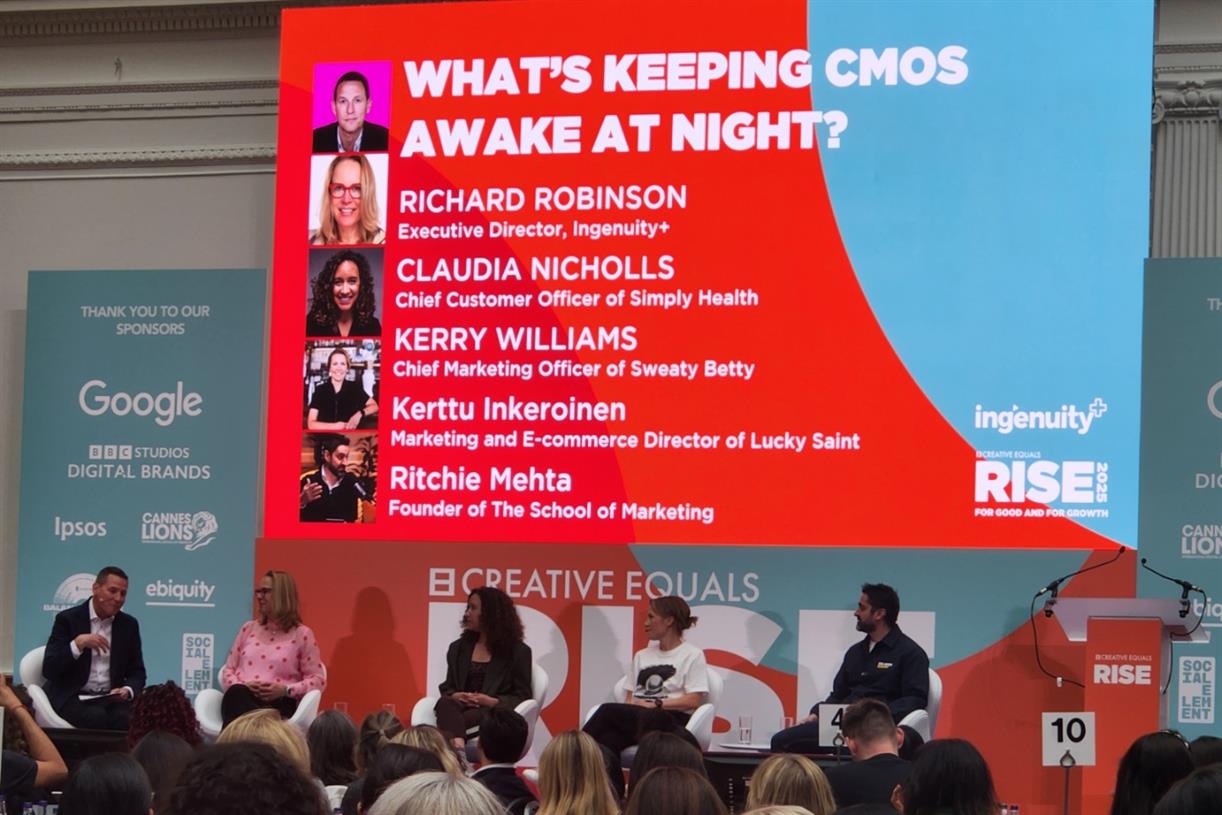

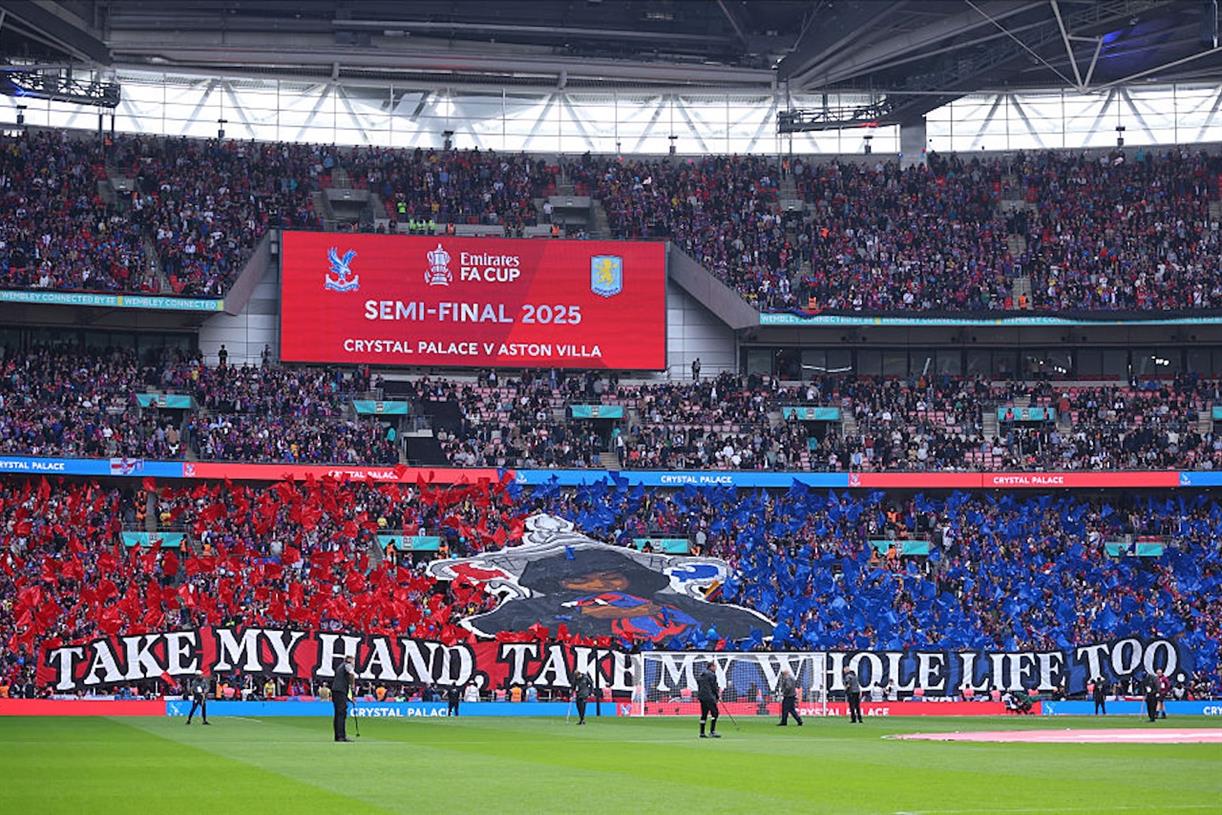






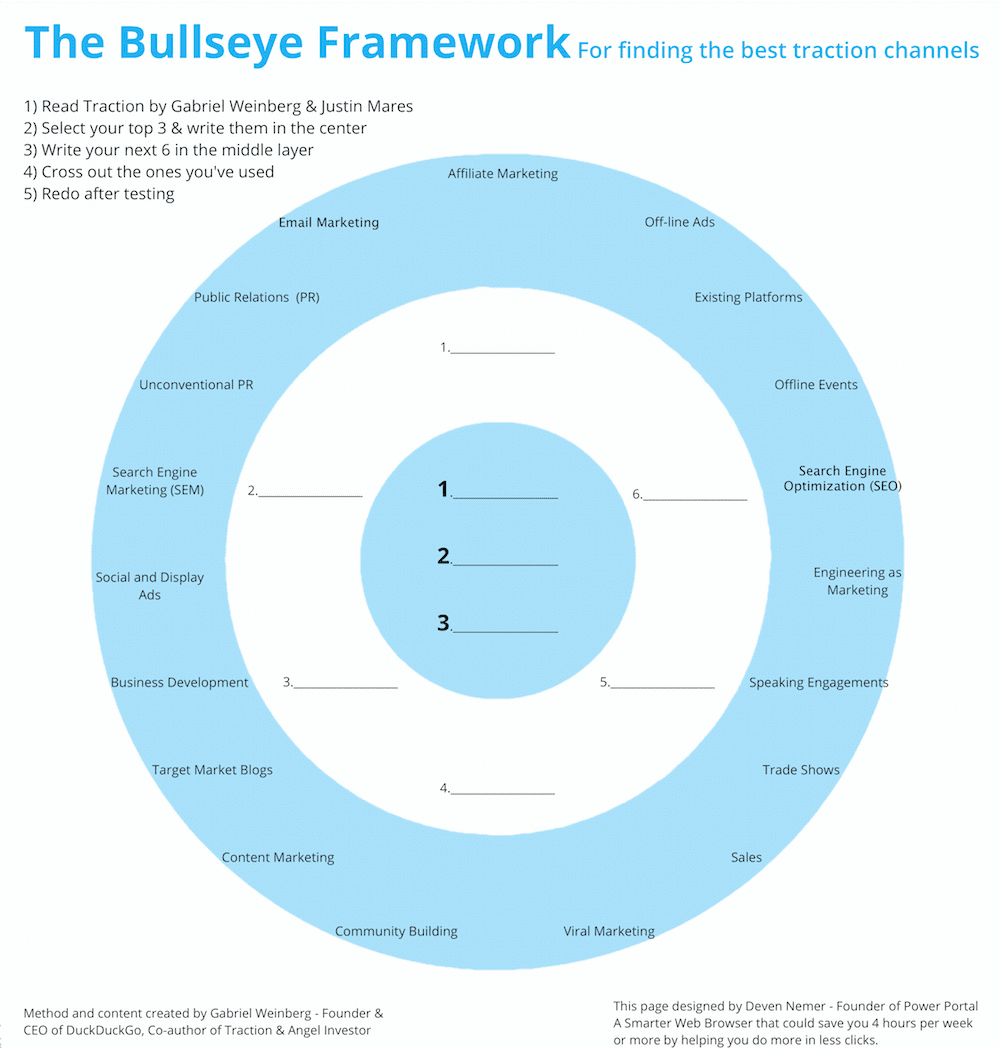












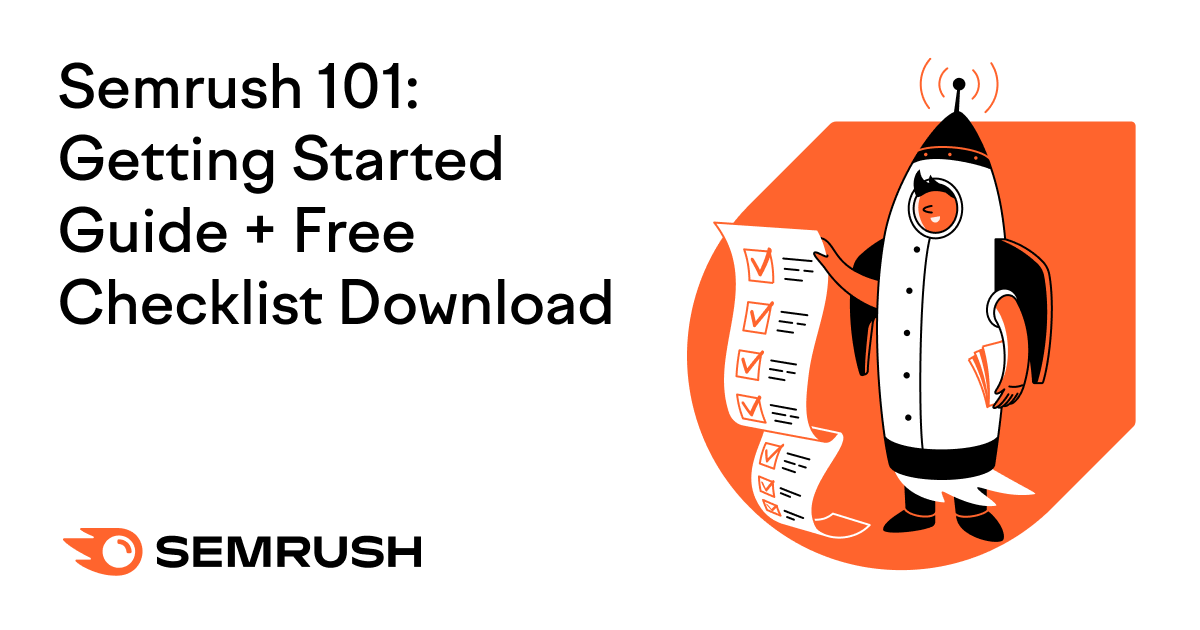
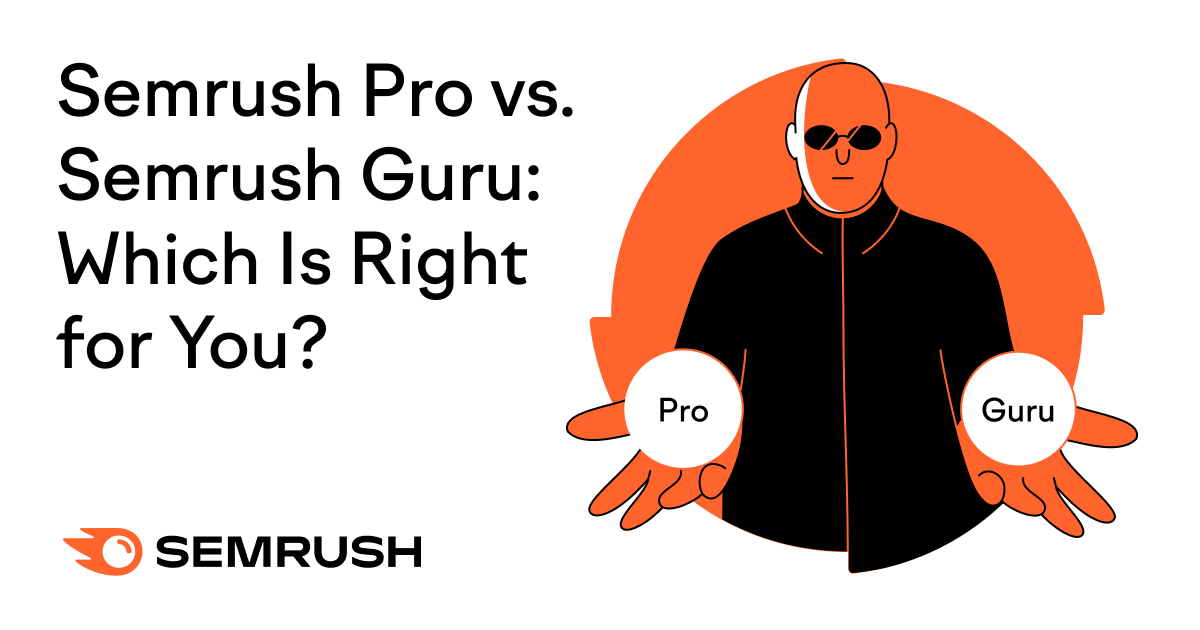

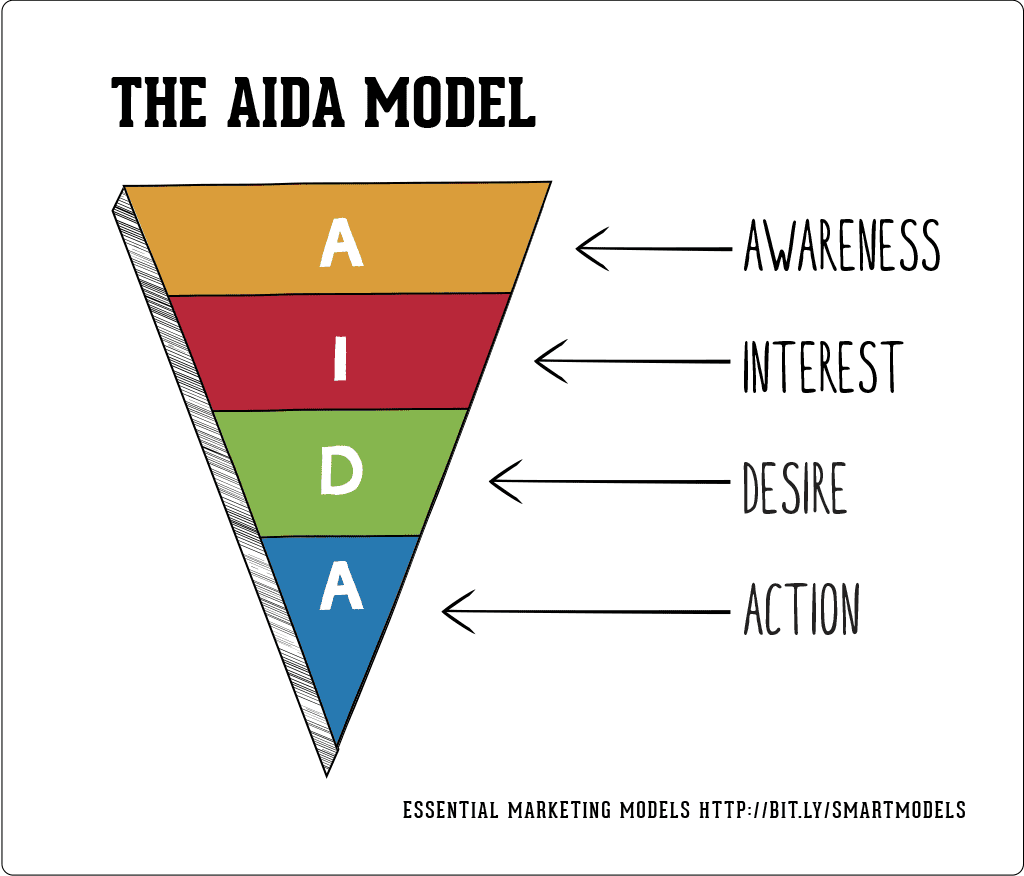
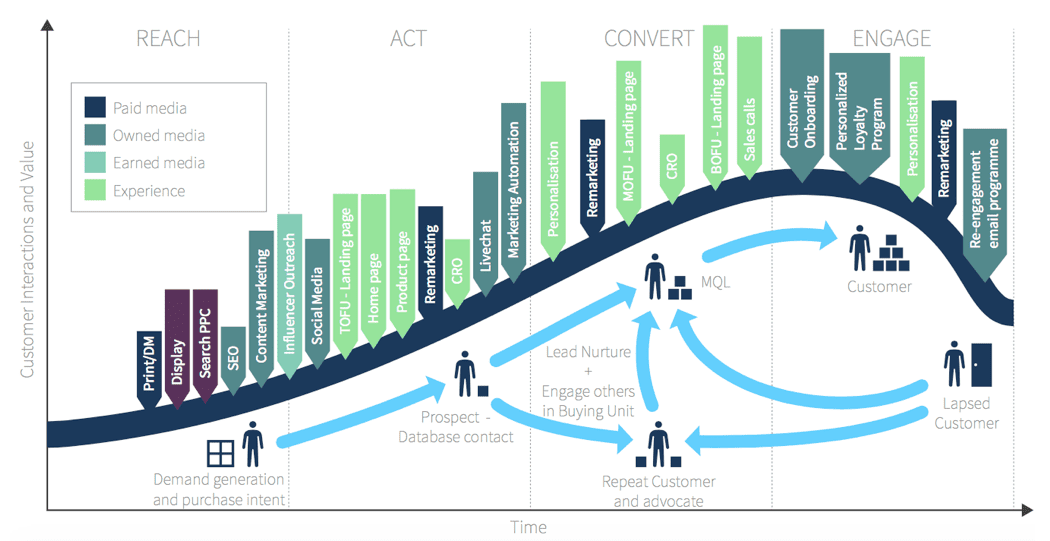
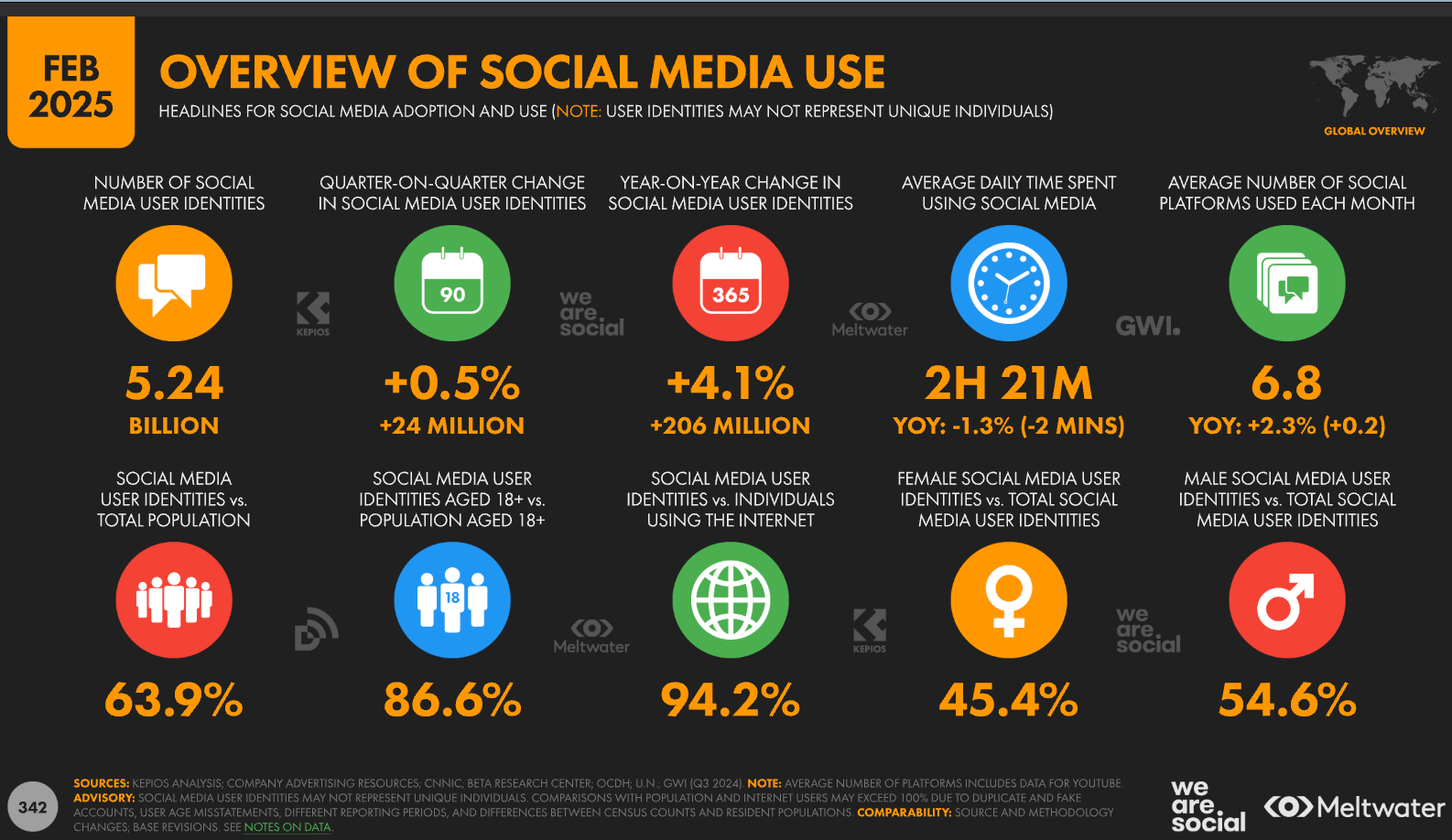











![The 11 Best Landing Page Builder Software Tools [2025]](https://www.growthmarketingpro.com/wp-content/uploads/2024/04/best-landing-page-software-hero-image-1024x618.png?#)
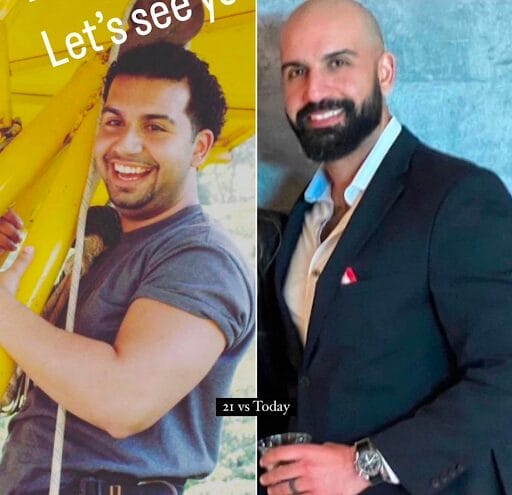



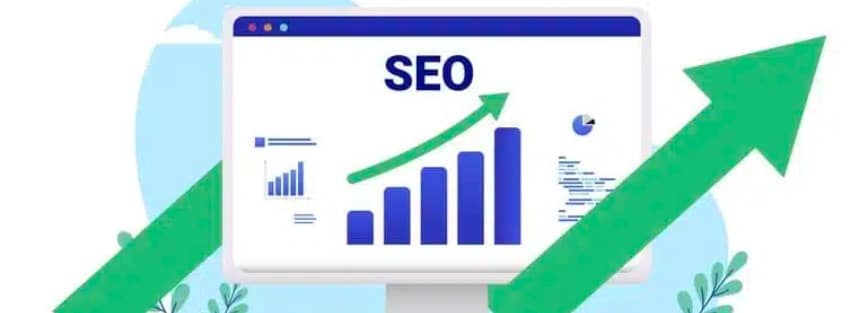
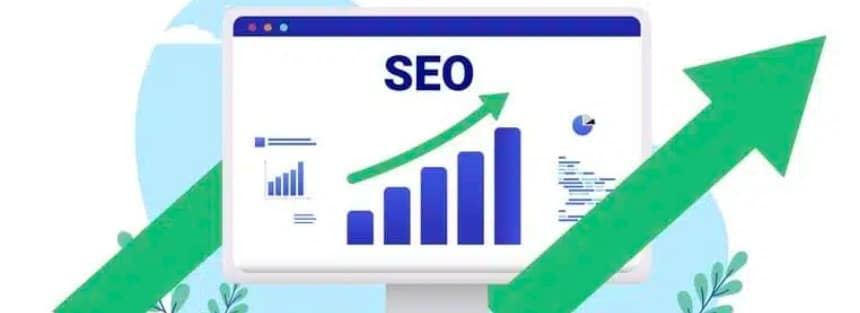







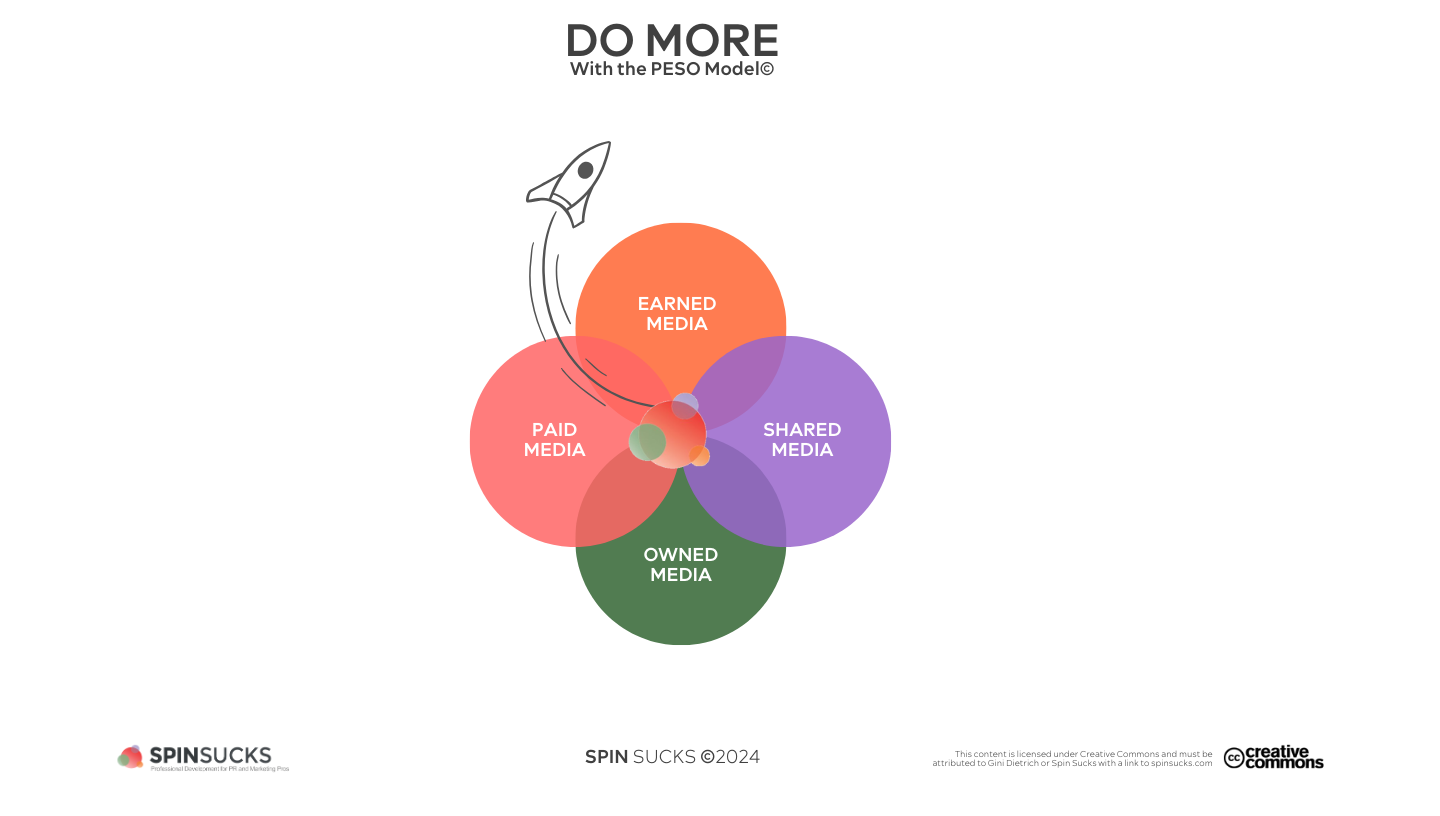













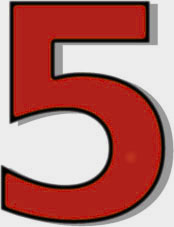






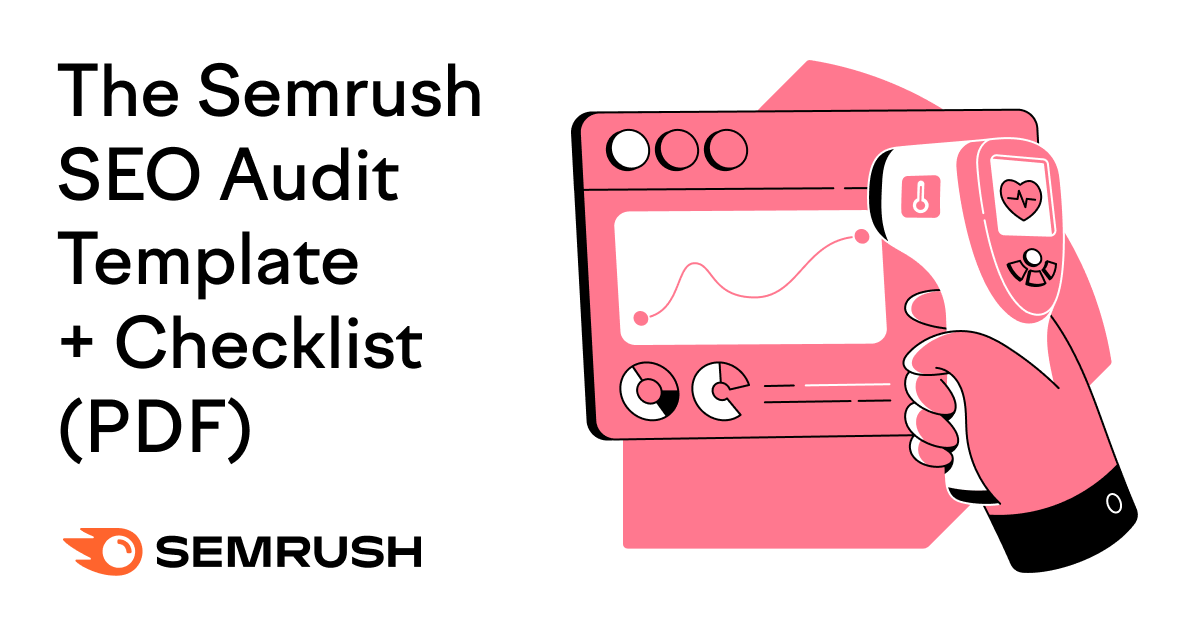
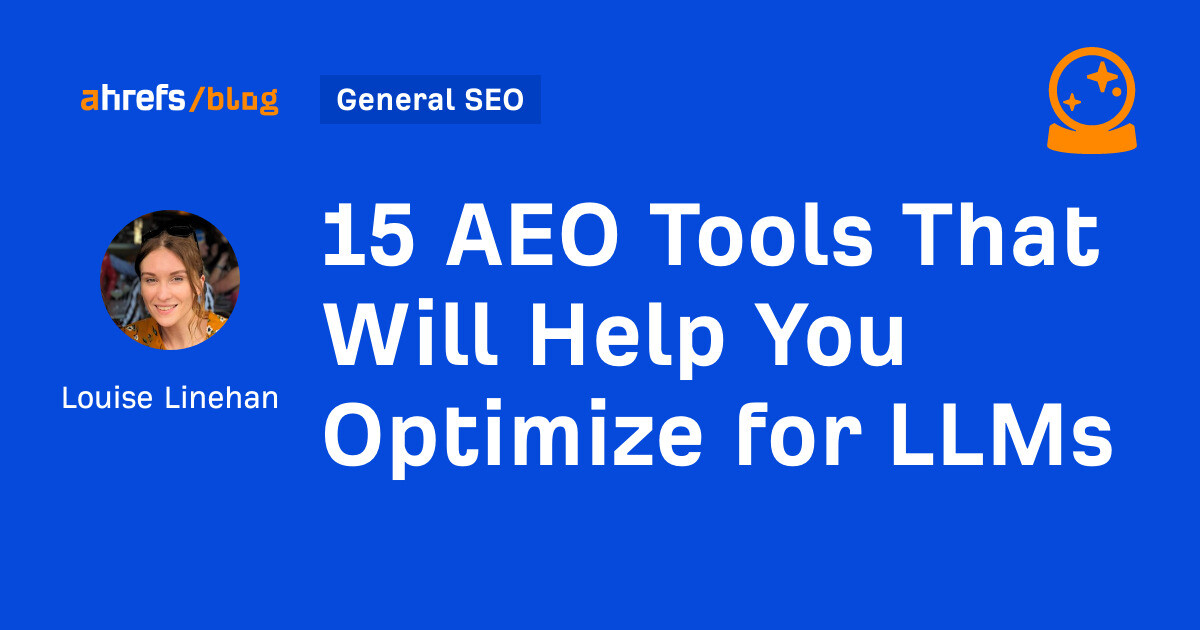






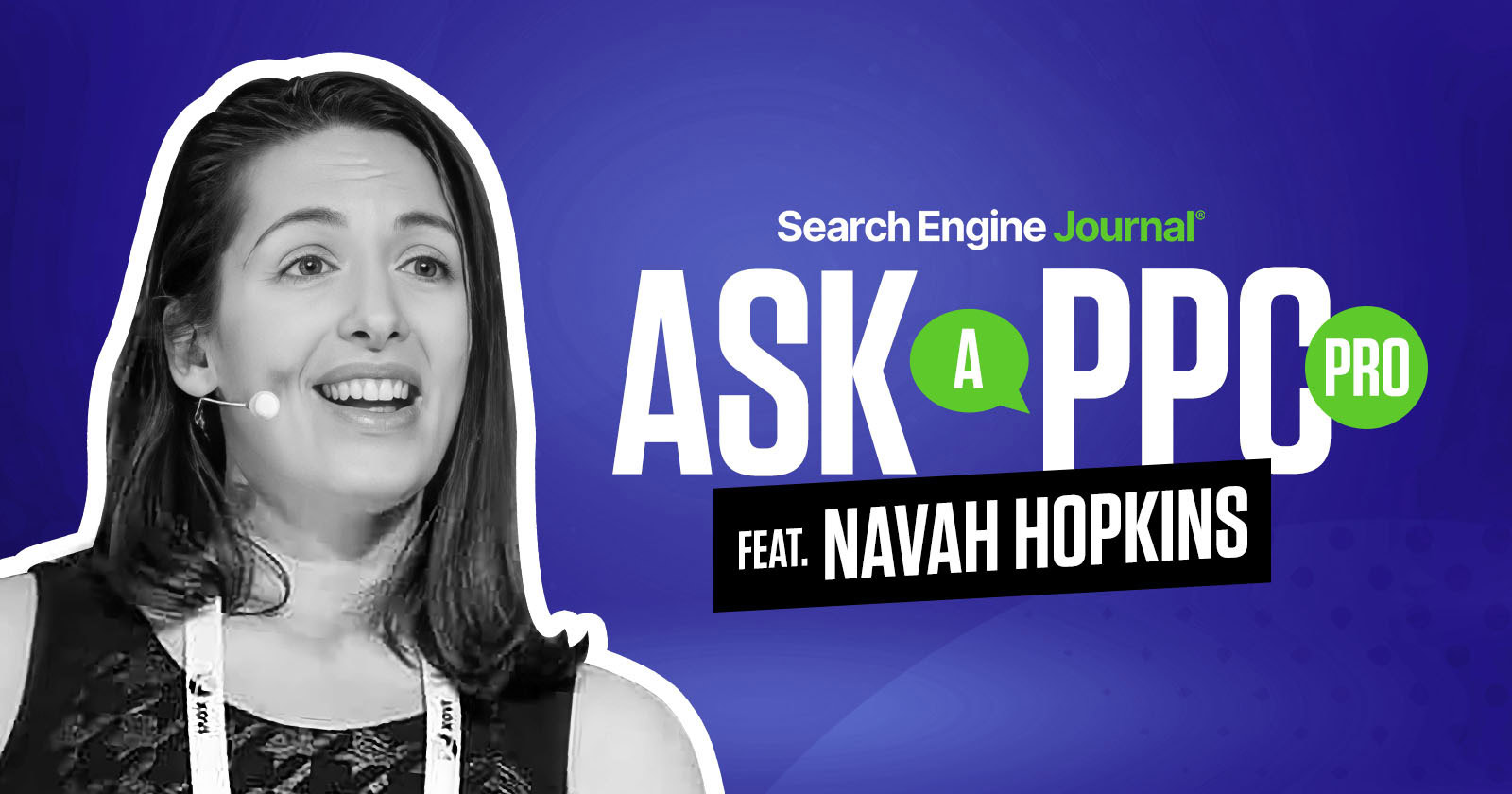






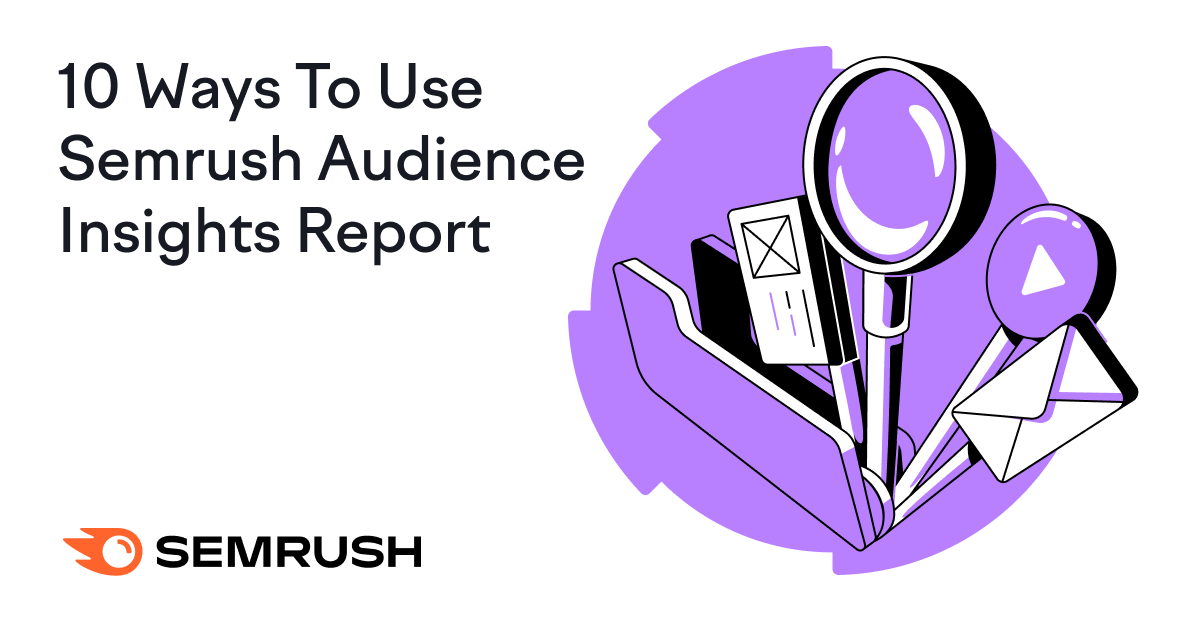


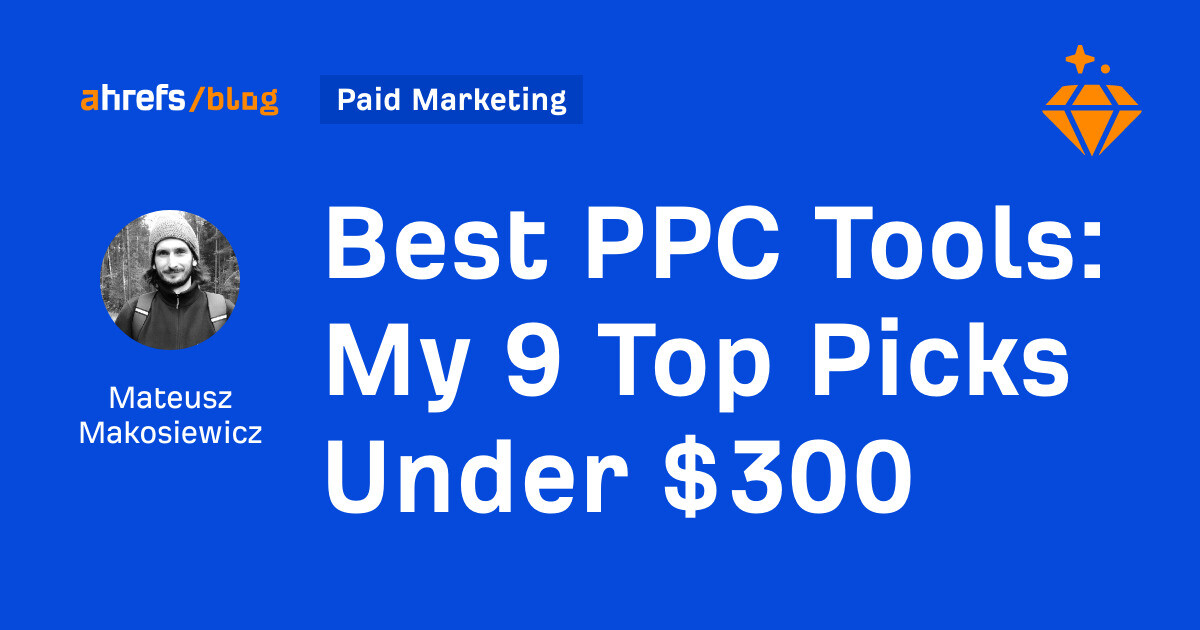







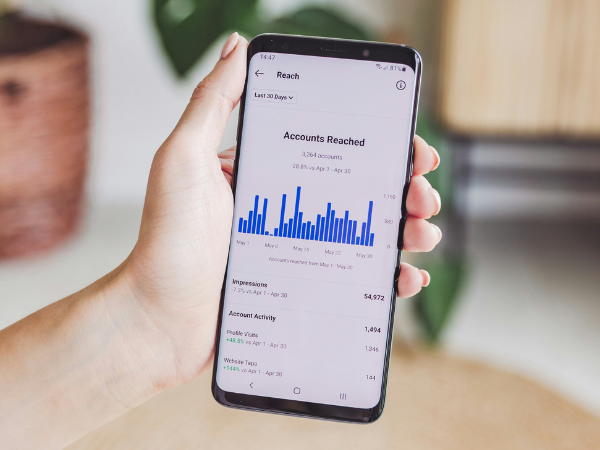









![How to create a landing page with high ROI [+ expert and data-backed tips]](https://www.hubspot.com/hubfs/Untitled%20design%20%2847%29.jpg)



